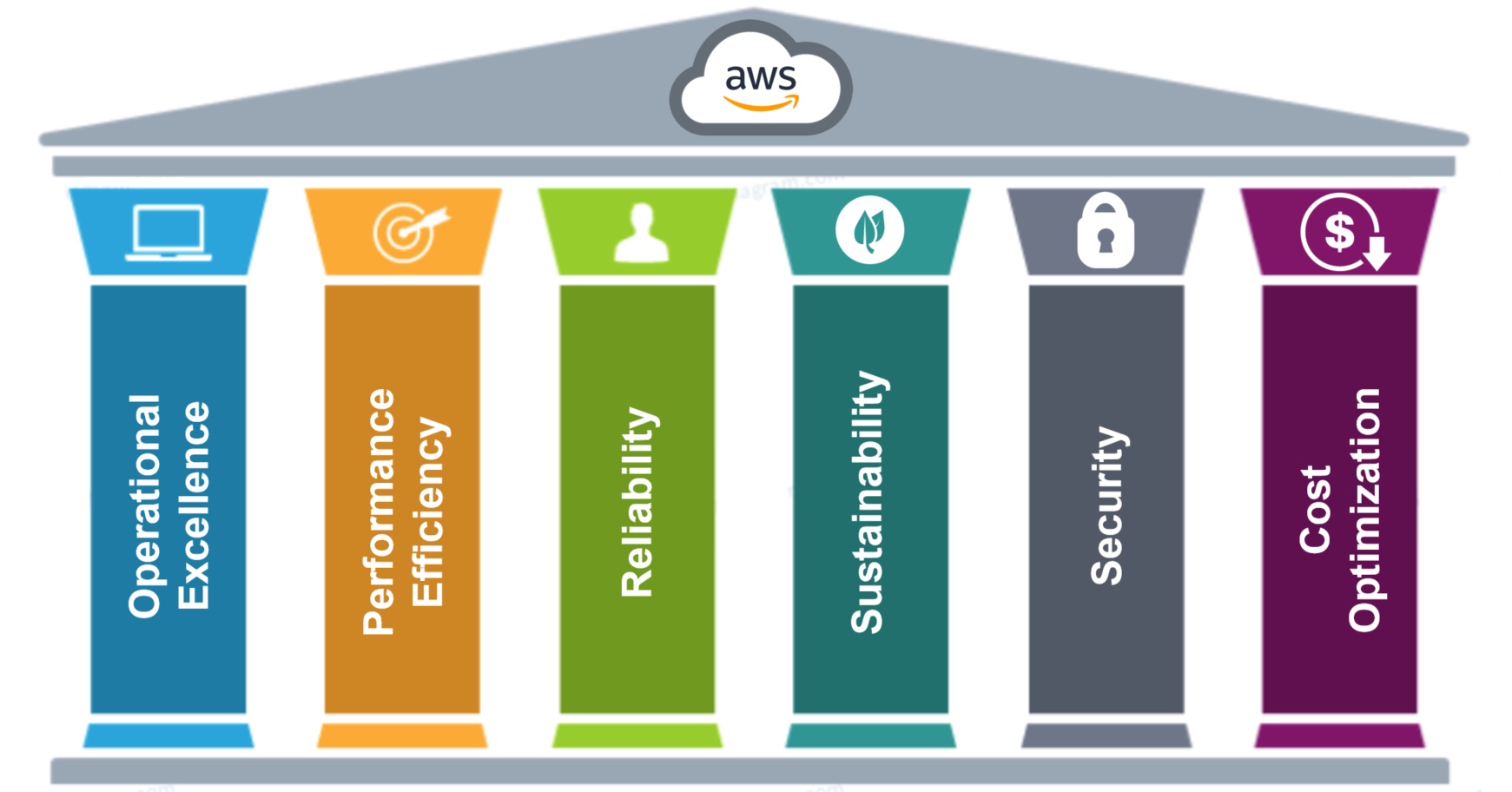Companies that link their cloud migration to their business strategy can innovate and differentiate faster than ever. Our cloud consulting team helps make that connection and uncover the value that lines the cloud.
The value of cloud computing is less about the cost savings of running applications “in the cloud”—it is more about a step change in agility, productivity, and speed to market. Companies can address concerns regarding the privacy and security of cloud solutions with proper planning and policies. Indeed, many companies are able to match or even exceed their privacy and security requirements when switching from on-premise solutions to cloud solutions.
When companies connect their cloud journey to their business goals, they create a foundation for high-speed, high-impact innovation and service, and they enable true digital transformation through cloud transformation.
Our Approach to Cloud Computing
Linking cloud strategy to business strategy. We zero in on how a cloud architecture can drive business outcomes. Vendor agnostic, we have a strategic point of view, helping clients develop an overarching roadmap for their cloud journey.
Getting to value quickly. By focusing on the highest priority initiatives first, and working down the list, we get to value quickly. This also allows us to steadily build out the cloud architecture, without disrupting the existing environment.
Driving digital transformation. The cloud is a key component of the data and digital platforms that power digital transformation. Our cloud computing consultants, architects, engineers, and domain experts wear both business and technical hats, so they can connect the cloud in a way that maximises the capabilities of these platforms.
Implementing cloud architecture. Our cloud architects, engineers, and security experts ensure that a company’s cloud architecture—whether multi-cloud or hybrid cloud—is implemented efficiently, effectively, and securely. Because winning with the cloud is about getting the nuts and bolts right, too.
Perfecting the operating model. Putting a cloud strategy into action requires carefully designed governance, processes, roles, and performance management. We create the operating models that let cloud computing deliver. And through strong change management, we help organisations embrace new ways of working.
Enabling ownership and continuous improvement. We set the cloud in motion and empower companies to build on what we create. Enablement is a key aspect of what we do. It’s about working with companies so they can work independently: continually improving; continually identifying—and seizing—new opportunities.
We also remove the complexity of a cloud migration: helping clients understand when a hybrid cloud or a multi-cloud environment makes sense, and how to avoid disrupting legacy systems still essential for the business. Crucially, we enable clients to take ownership of their cloud transformation, so they can keep building—and keep improving—once we’ve left the scene.
AWS Well-Architected Framework
The AWS Well-Architected Framework helps you understand the pros and cons of decisions you make while building systems on AWS. Using the Framework helps you learn architectural best practices for designing and operating secure, reliable, efficient, cost-effective, and sustainable workloads in the AWS Cloud. It provides a way for you to consistently measure your architectures against best practices and identify areas for improvement. The process for reviewing an architecture is a constructive conversation about architectural decisions, and is not an audit mechanism. We believe that having well-architected systems greatly increases the likelihood of business success.
The AWS Well-Architected Framework is based on six pillars — operational excellence, security, reliability, performance efficiency, cost optimisation, and sustainability.

Operational Excellence
The ability to support development and run workloads effectively, gain insight into their operations, and to continuously improve supporting processes and procedures to deliver business value.
Security
The security pillar describes how to take advantage of cloud technologies to protect data, systems, and assets in a way that can improve your security posture.
Reliability
The reliability pillar encompasses the ability of a workload to perform its intended function correctly and consistently when it’s expected to. This includes the ability to operate and test the workload through its total lifecycle. This paper provides in-depth, best practice guidance for implementing reliable workloads on AWS.
Performance Efficiency
The ability to use computing resources efficiently to meet system requirements, and to maintain that efficiency as demand changes and technologies evolve.
Cost Optimisation
The ability to run systems to deliver business value at the lowest price point.
Sustainability
The ability to continually improve sustainability impacts by reducing energy consumption and increasing efficiency across all components of a workload by maximising the benefits from the provisioned resources and minimising the total resources required.


